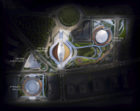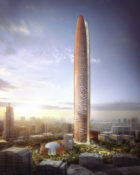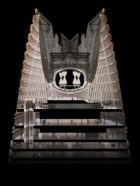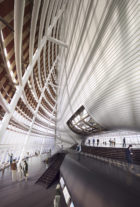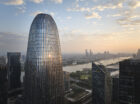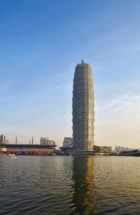A soaring landmark for Jakarta
Unveiled in 2013, the design for Pertamina Energy Tower presented a vision for a stunning new landmark rising more than 500 meters above the capital city’s skyline. Complemented by a performing arts and exhibition pavilion, a mosque, and a central energy plant, SOM designed the 99-story “beacon of energy” to set a new standard for sustainable development while bringing together 20,000 employees on an innovative, dynamic campus.
